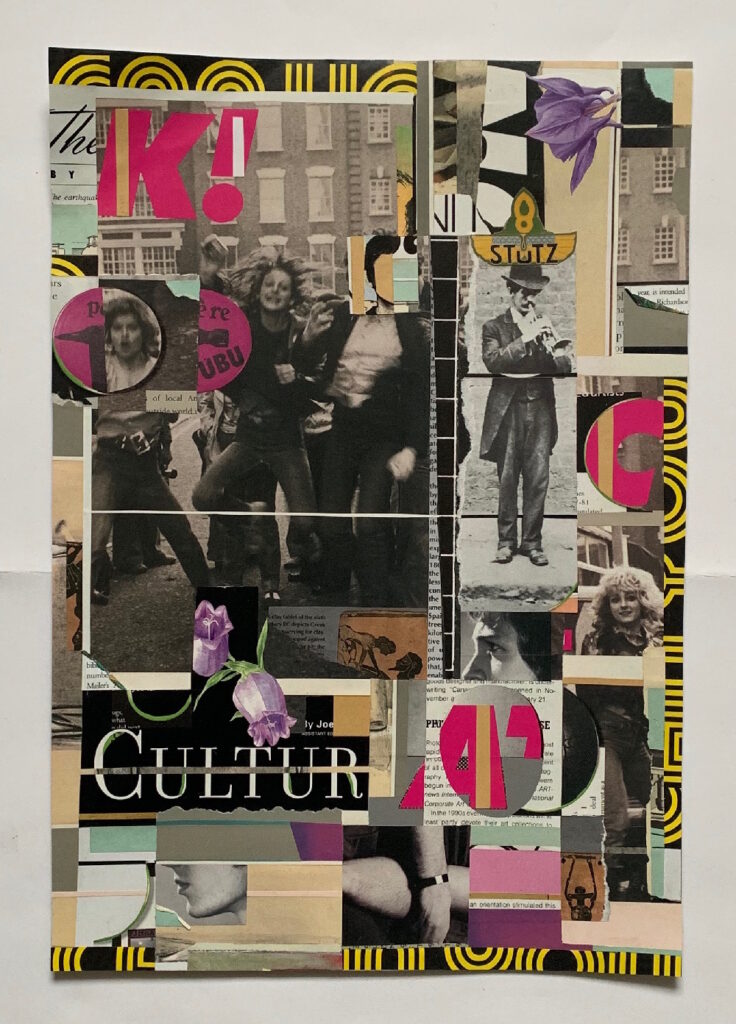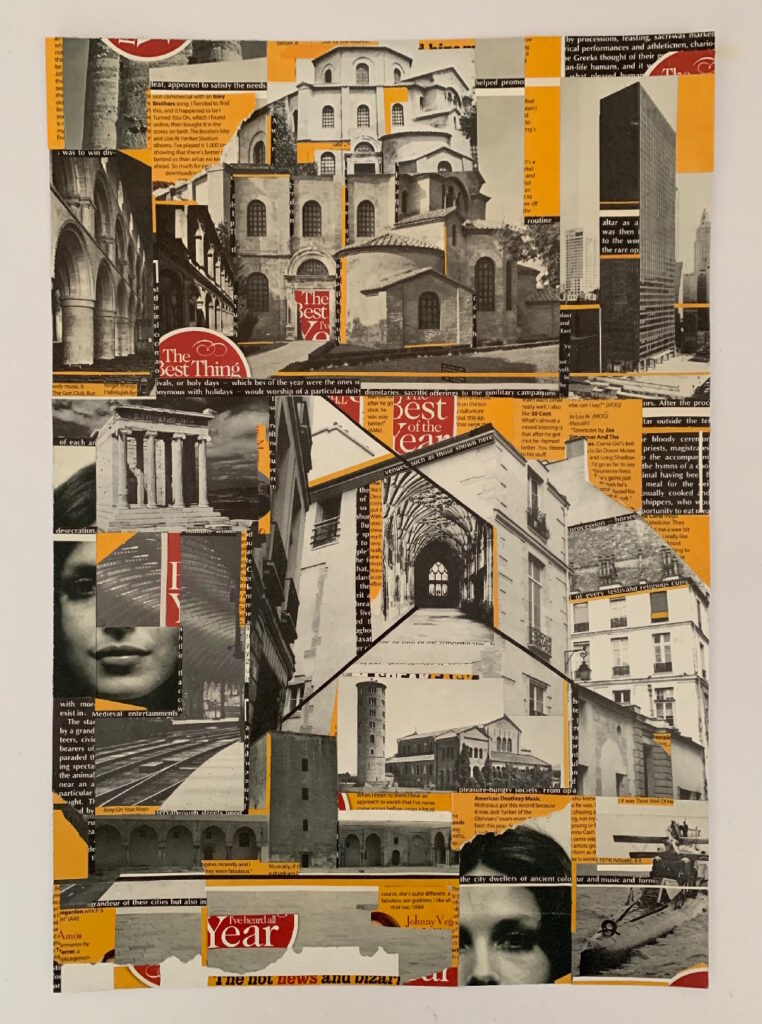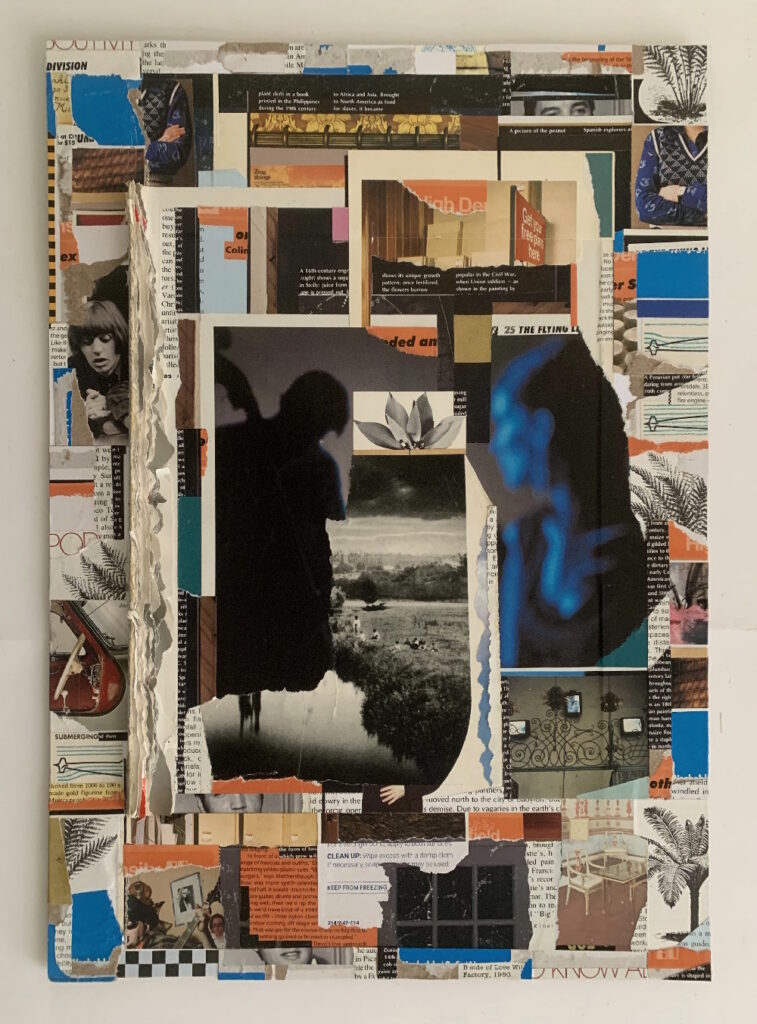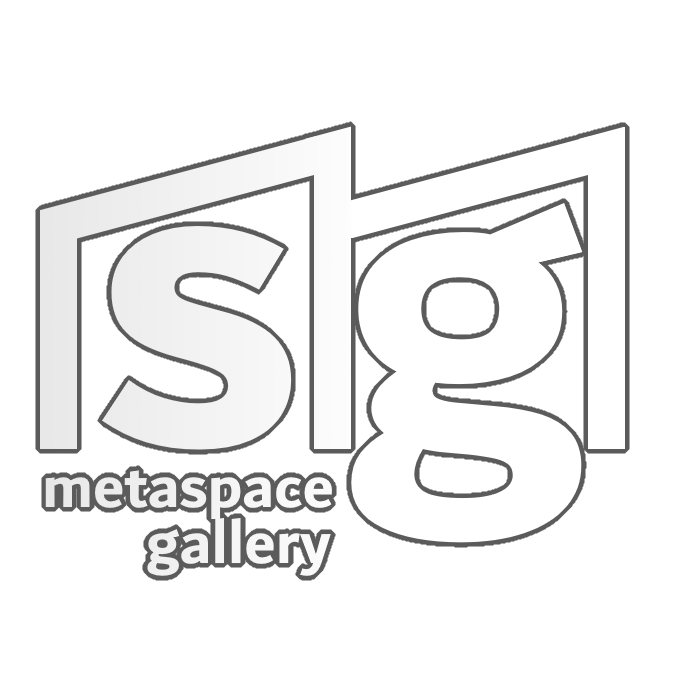Culture Review (2024) invites the viewer into what Tomic considers our ‘Modern Inferno’. The work is part of the series ‘Mapping Approximation,’ which utilizes collage to assemble cultural detritus, history, and a commentary on the state of our world in the present day. The work is a collage on cardboard, which also helps to create a statement on disposability, as cardboard is often disposed of and used to deliver consumerist objects.

The collage often overlaps itself with black and white imagery, contrasting with the occasional colour imagery and text. This creates an effect that simultaneously moves the viewer’s eyes to numerous points within the work. This suggests that the commentary is that there is too much within this modern world that disposable and consumerist culture creates. The collage’s visuals are fragmented, implying that there is no connection between them as it pushes too much information, which destroys the human connection to culture- which has been (though not the only cause) caused by technology.

The Best Thing I’ve Heard All Year (2024) continues the exploration of the ‘Modern Inferno’. Unlike the previous work, there is much less colour and a larger amount of architecture within the work. These elements range from classical arches to the more depressing modernist facades, which are monochrome- accentuating the lack of personality within the modernist builds. The usage of the text ‘The Best Thing .. Year’ brings an ironic touch into the work as it mocks the shallow architecture in which modern architecture is built to be disposable and fast. While the older classical architecture has lasted through the ages and does not collapse so easily.
The text within the work helps to allude to the emptiness of consumerism and contemporary culture. Alongside this, Tomic has successfully critiqued the way that the current period has squashed and destroyed all meaning and significance in culture. Looking away from the more architectural elements within the collage, two human faces emerge (most presumably the same image). They seem expressionless and dull as they gaze from the fragmented modernist architecture, which may implicate that contemporary culture also removes the personality and life from those within its system.

Turn to Page 24 (2024) is much more chaotic yet feels slightly more controlled than the previous two collages. At first glance, there’s a lot more colour, yet it is spaced out by the blank spaces present within the composition. Alongside the blank spaces, the ripped paper texture and text blocks cover the scenes, which could suggest an information overload that contemporary society faces due to instant access to too much information.
The ripped paper edges give it a more aggressive feel while each section contrasts against itself with the strong oranges against the blues. The title of the work, ‘Turn to Page 24’, encourages the viewer to search for a reference. However, the collage is laid out in an incomplete, fragmented way and difficult to find the information you are looking for. This implies, as mentioned before, information overload, which obscures meaning and feeds humanity junk before the important information.
Overall, the works from the series presented in this publication have successfully critiqued the disposability of our contemporary culture, the erosion of importance in the “information” age (in which the name of the age is ironic, nonetheless) and technological dominance over our lives. Each work has presented itself as a form of deconstruction of the world we inhabit- that we are complicit in the system that erodes our cultures and human connection.
The most interesting part of these works is the absence of violent or traditionally hellish imagery- this allows the viewer to start recognizing the more subtle nature of the inferno we live in. It is not flames or obvious imagery of suffering- but rather a more silent suffering which conceals itself within our everyday existence in a consumerist society. This, therefore, has mirrored Dante’s journey, not in an explicit imagery of hell itself but rather the social, cultural and the implications which lead to the modern version of it.
